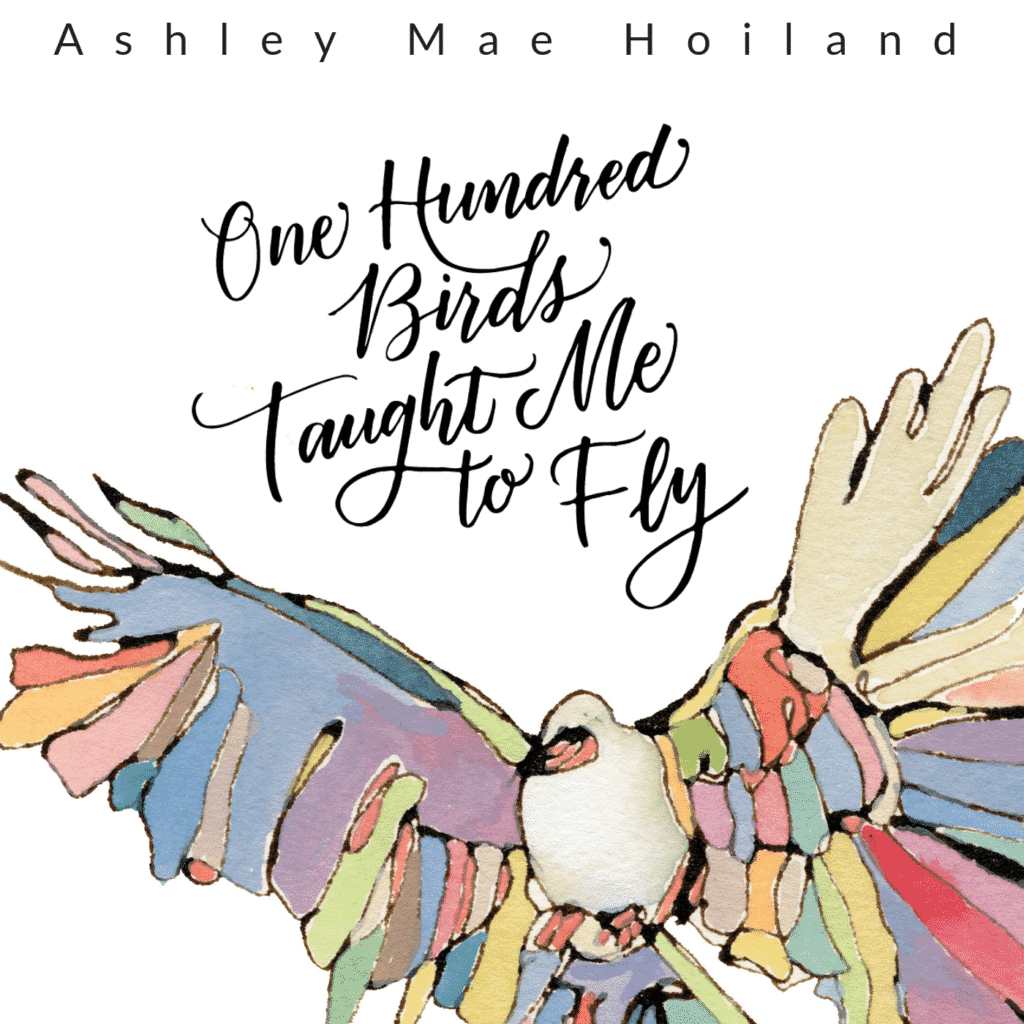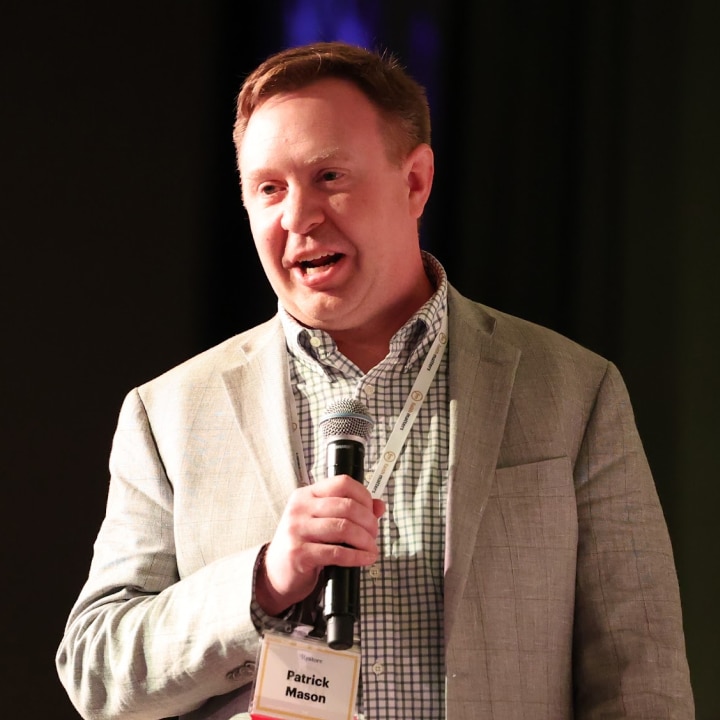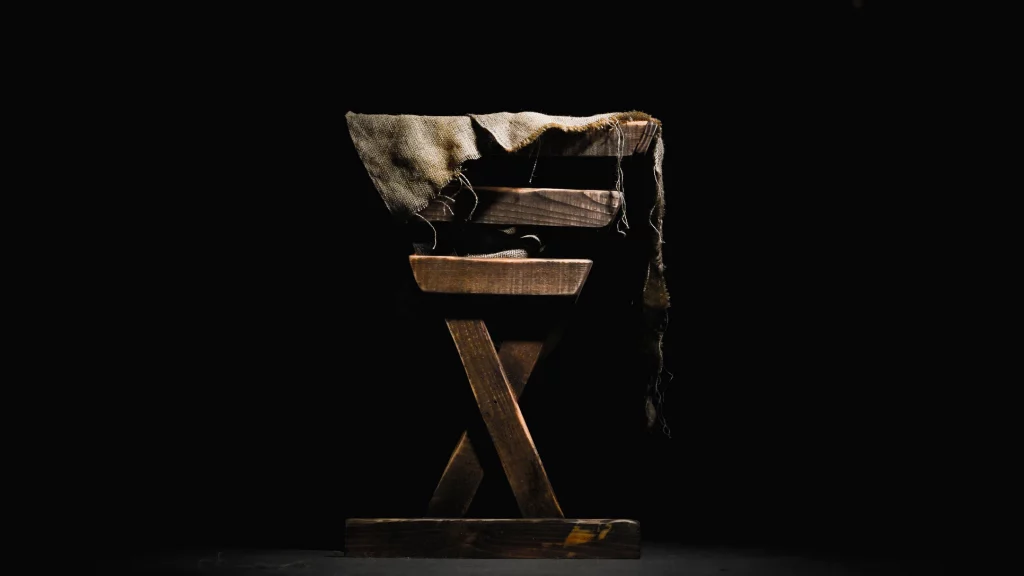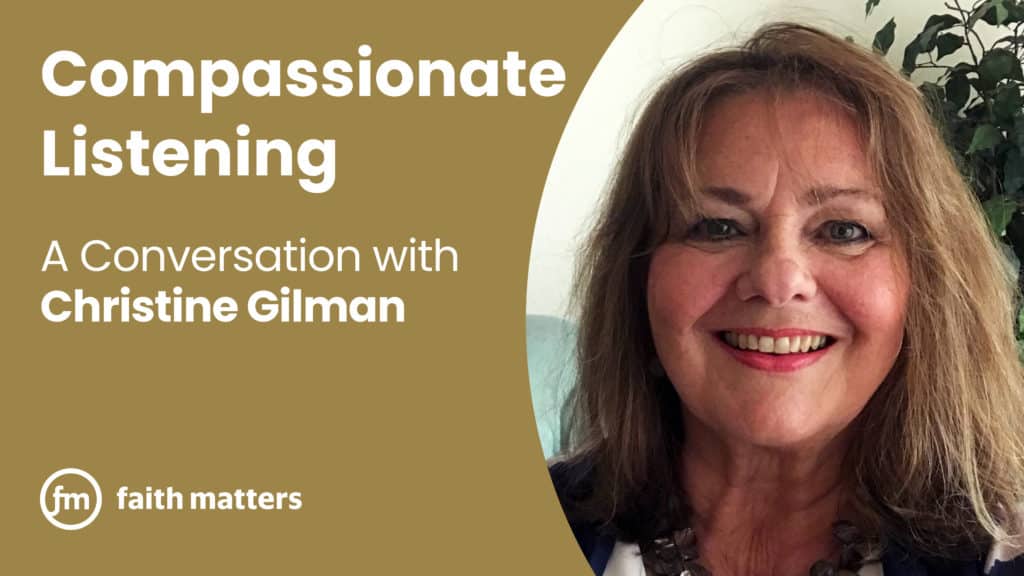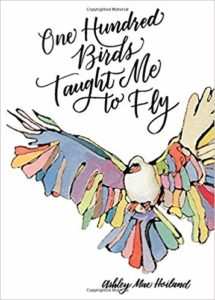
Audio Player
I made a banner that said “Be Brave” out of some old fabric I had dyed. I sewed it to a ribbon, and as I walked my kids to preschool one afternoon, we stopped at a set of trees that I knew many college students from the campus we lived on would pass by and tied the banner in place. For my whole life, no matter how hard I’ve tried, my work cannot escape from looking handmade, and so as the letters swung in the breeze, the banner looked anything but crisp and professional. I suspected that the banner would be taken down by campus security, vandalized, or blown down by wind and rain, but every so often my Remy, Thea, and I would take that path to school to check on our words in the trees, and there they remained, brave and immutable fabric vigilantes.
About six months into the lifespan of the banner, the once colorful fabric had faded to white in the sun, and some of the letters fallen loose from the ribbon sagged as if their heads hung down. I meant to go back and tend to the let
ters, but I never went. I imagined that soon the sign would be pulled down and stuffed into a nearby trashcan. We went by a few weeks later though, and it still hung and looked better than before. Someone had tended to the drooping letters by handstitching them back onto the ribbon. A few weeks after that, we noticed that someone had placed bright, curly ribbons along the banner. Then a few weeks after that, we saw that someone had painted each letter with glow-in-the-dark paint so those two words, Be Brave, would shine in the darkness.
Nearly a year later I was giving a seminar to a group of students on campus when I mentioned the sign as part of a project that felt meaningful to me. I talked about how the sign had been adopted by the community and about the power of pursuing the projects we feel we should, even when we have no way of projecting what they might mean to us or to someone else. When I dyed the fabric a deep blue, traced and cut each letter and sewed them onto the ribbon, and set out
to tie the words up somewhere, my kids pulled at my elbow and needed something from me every minute. I did not feel entirely brave, but I felt the desire to be, and the thing that never fails to surprise me is how the doing of something usually necessitates precisely the thing you were hoping to have.
At the end of the seminar, a boy who always sat in the back came to me and said, “You can never know what that banner meant to me. I never imagined I would meet the per son who made it.” He said that each morning he would ride his bike to school and see that banner waving him on. He said he felt like it had grown from the earth just for him. It came at a time when his heart hurt and he did not know how to heal it, but each day he was brave.
I cannot calculate the good I might do with these small acts, but I’m learning to trust in my intuition. That permutable place where so many of my thoughts, ideas, and actions seem to stem from show me again and again that there is spiritual power in using our creativity.
The more I experience the elegance of the unplanned, the intersection of people and ideas I could not have predicted, the more I believe God is a creative God and that we are imbued with the same spirit of creativity. I believe in a God who champions my imagination. I believe in that same God who will send a tender mercy to a boy whose heart was broken and needed to see the words Be Brave rising up from some unknowable source to send him on his way each morning.
One Hundred Birds Taught Me to Fly is available on Amazon and Audible.
